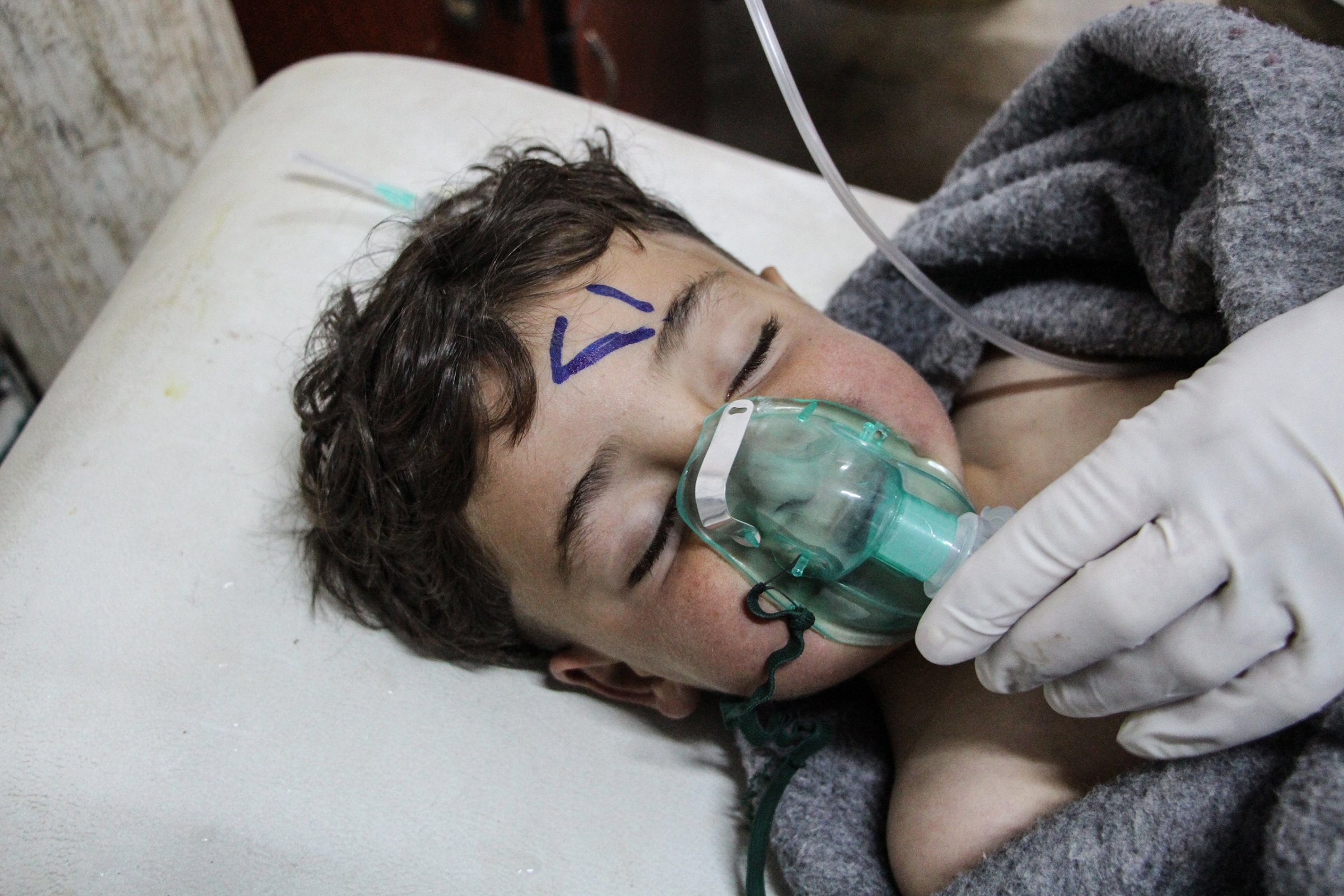
Dozens of Syrians were killed in a suspected chemical attack on a rebel-held area on Tuesday, prompting a fierce denial from the Syrian government despite accusations from activists who labeled a government airstrike as the culprit.
Horrific images and footage emerged after the attack in Khan Sheikhoun, in north Idlib province, showing the dead on the ground, their limbs spread outward. At least 58 were dead, with dozens more injured, according to the Associated Press. Others who survived, including young children, were fitted with oxygen masks in hospitals to assist their breathing.
As the death toll climbed, it drew comparisons to the August 2013 chemical attack outside Damascus that left more than 1,000 people dead.
Two photographers with Agence France-Presse detailed their experiences in hospitals that received several of the victims.
“When I get to the hospital, a foul smell hangs over the place. I can’t quite put my finger on it,” wrote Mohamed Al-Bakour, who went to a small facility in Maaret al-Numan, about nine miles from town. “It’s mayhem — the children crying, the medics barking orders. I decide to focus on the children.” He adds: “They are dying and they are shivering — from fear, from the lack of oxygen, from the effects of the chemicals. I feel helpless.”
Omar Haj Kadour wrote that he was nearly 50 miles away when he heard about the attack. When he arrived to the town’s main hospital, he saw a father hovering over his young daughter as a medical worker tried and failed to provide aid. Outside, he found bodies that were wrapped in blankets in the parking lot.
“I remember the last attack that I photographed,” he wrote. “It looks the same.”
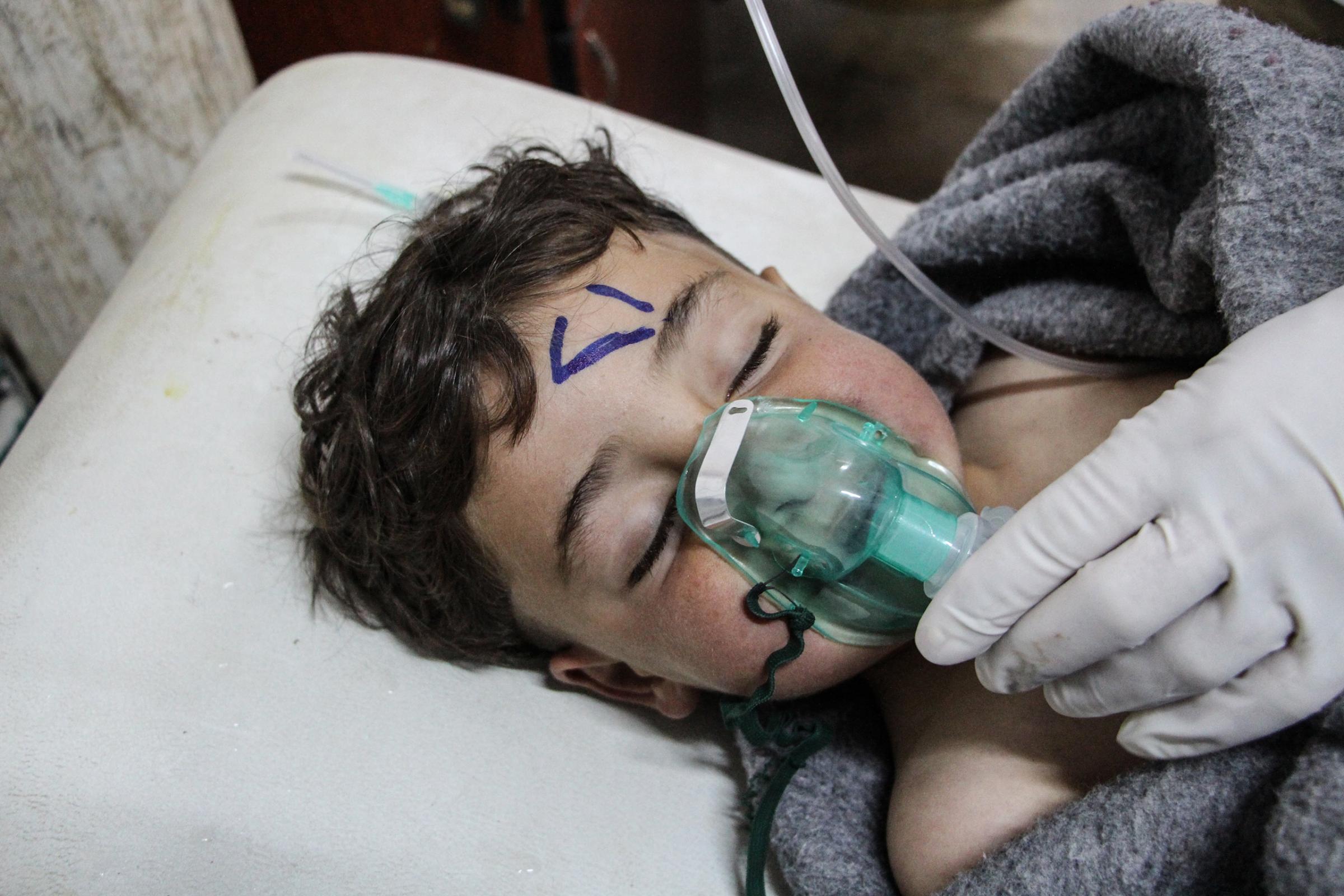
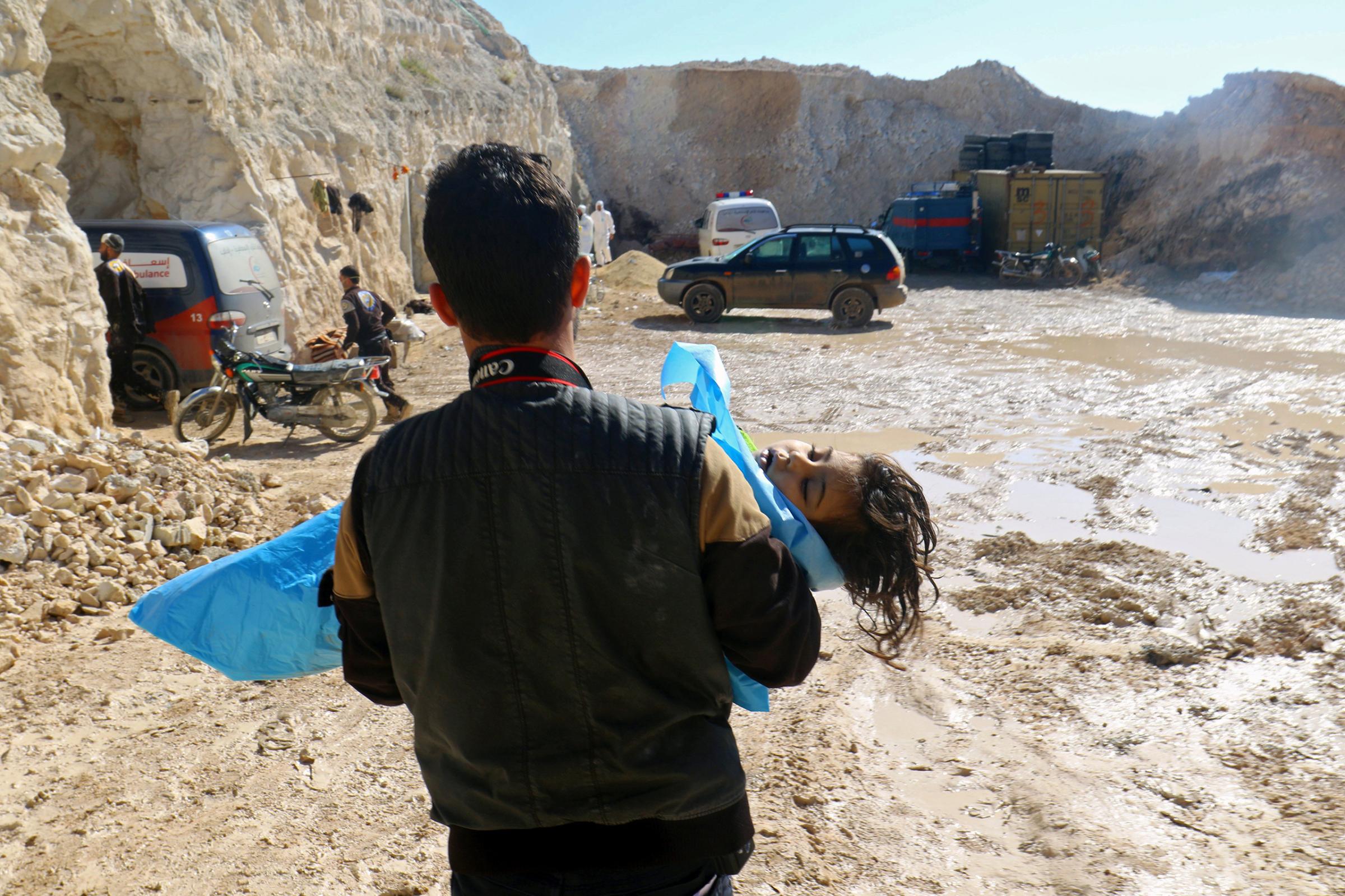
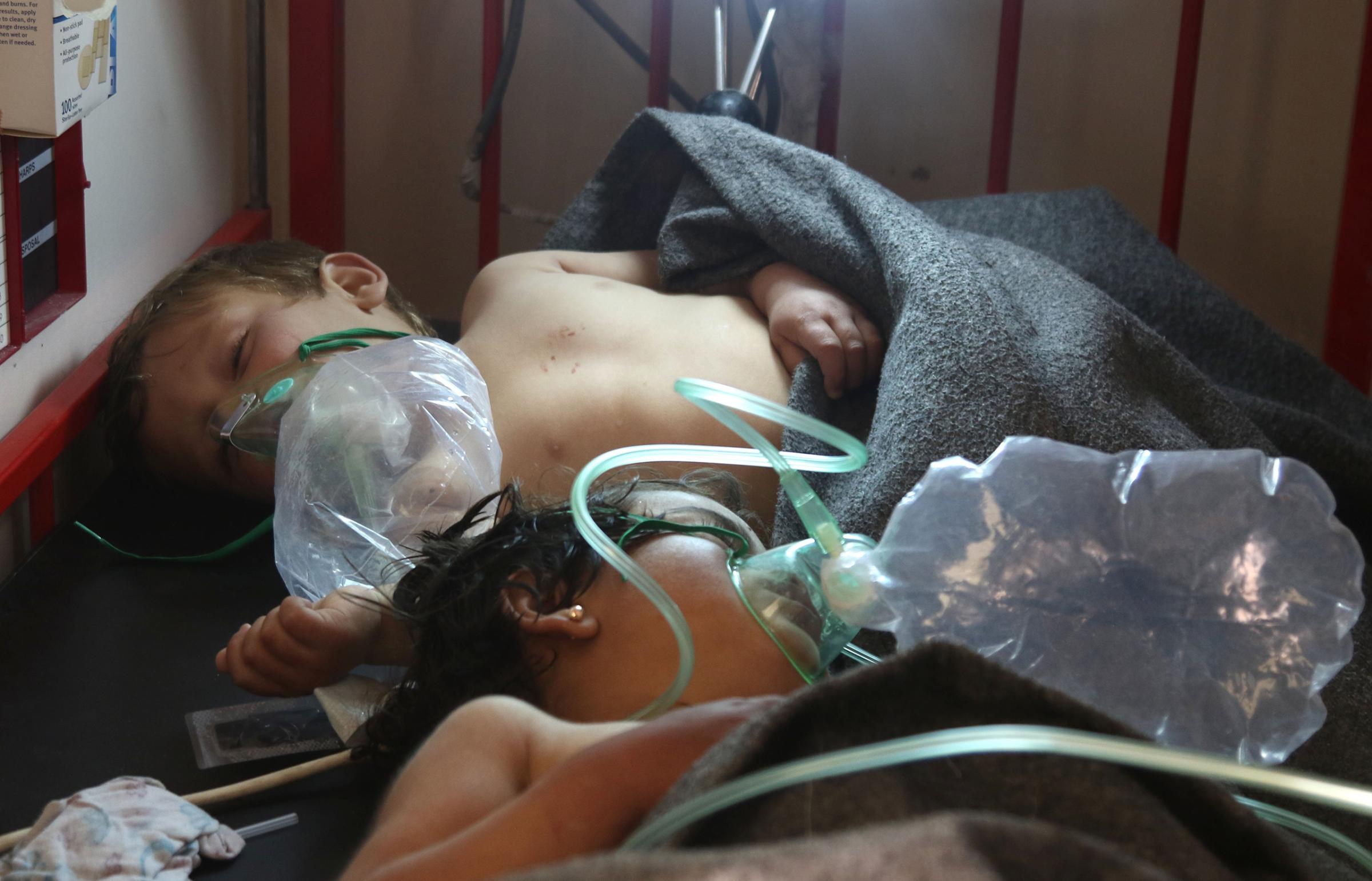
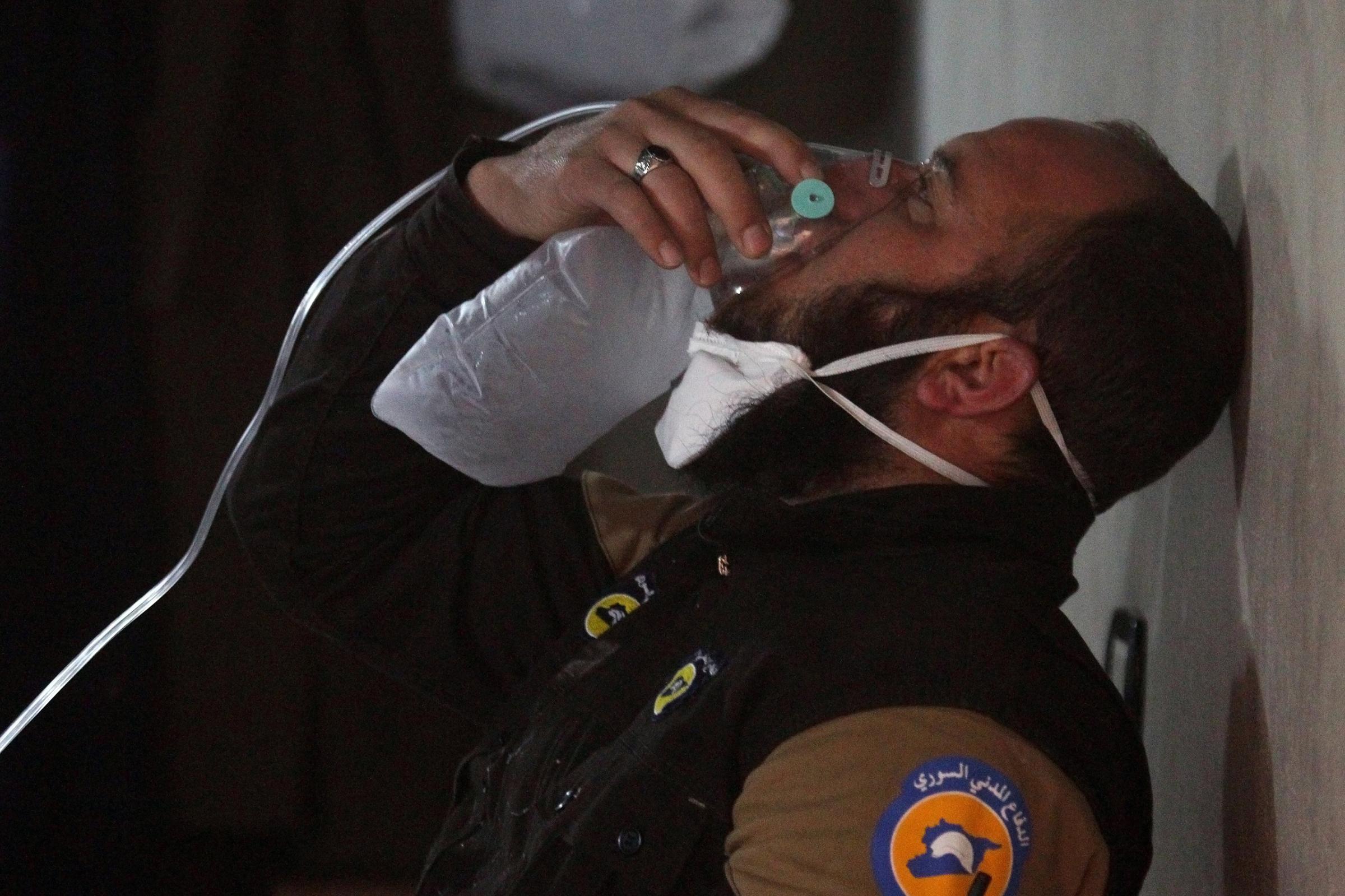
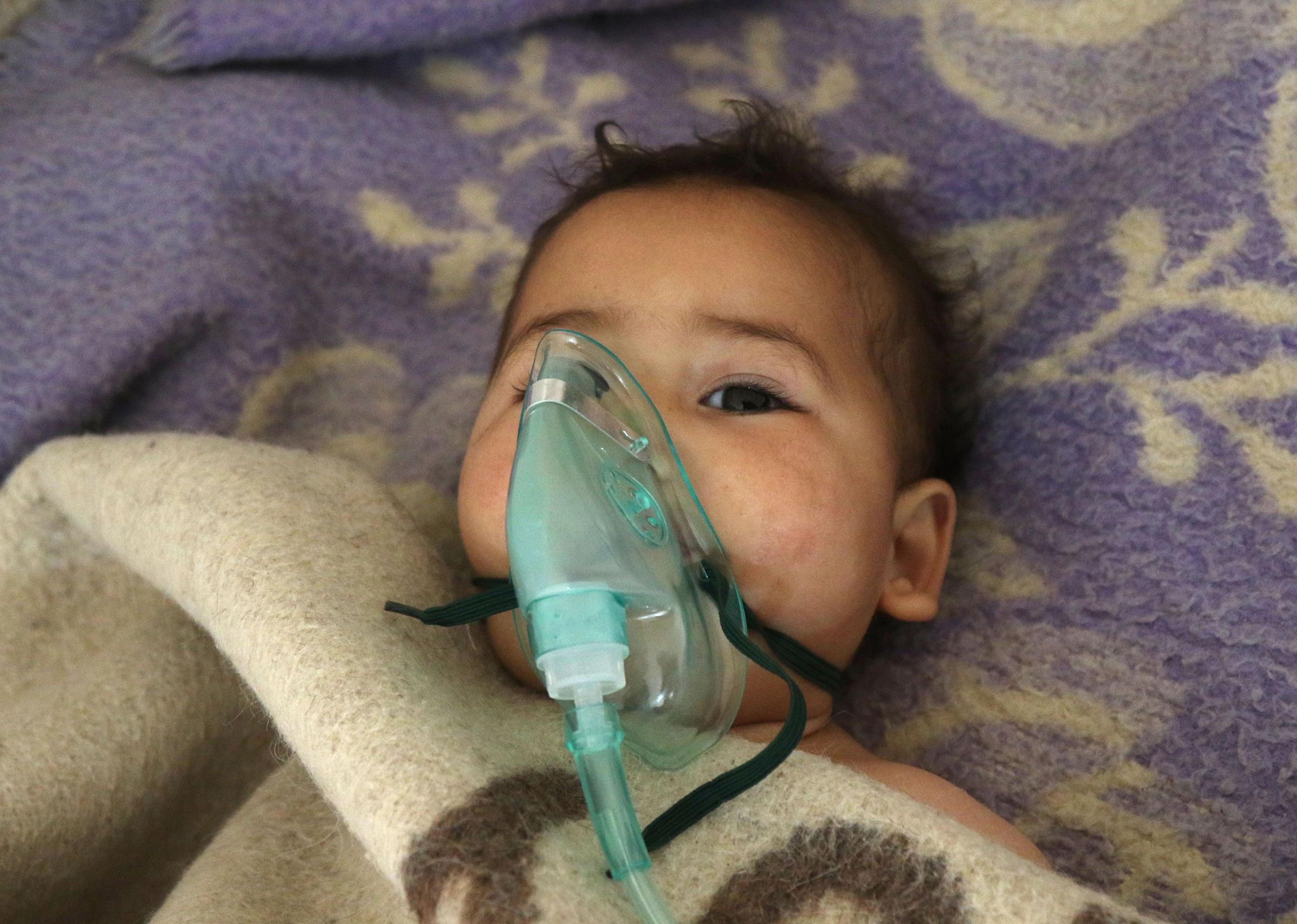
More Must-Reads From TIME
- The 100 Most Influential People of 2024
- How Far Trump Would Go
- Why Maternity Care Is Underpaid
- Scenes From Pro-Palestinian Encampments Across U.S. Universities
- Saving Seconds Is Better Than Hours
- Why Your Breakfast Should Start with a Vegetable
- Welcome to the Golden Age of Ryan Gosling
- Want Weekly Recs on What to Watch, Read, and More? Sign Up for Worth Your Time
Contact us at letters@time.com